Talk Overview
Once you have decided to do a postdoc, you need to create a game plan to find it! In this session, you will learn how to create a plan that leads you to your ideal postdoc: one that is aligned with your compass (needs, preferences, and values; from Session 1) and is customized to make you competitive and qualified to achieve your ultimate career goal.
This session is part of the ‘The Strategic Postdoc’ course, created by the NIH-funded Yale Ciencia Academy in collaboration with iBiology.
Session Narrative:
If you have decided to pursue a postdoc, you now have to build a game plan. As you learned during Session 2, to build a good game plan, it helps to start at the end with the type of position you will ultimately be pursuing.
Choosing your career path:
There are three main faculty careers classified by the amount of teaching and/or research responsibilities they have:
- Research-focused faculty positions
- Research and teaching faculty positions
- Teaching-focused faculty positions
Each category can be broken down into more pathways and oftentimes you might have faculty positions where there is some overlap between these three categories. Although this session discusses how to build a game plan for these career routes with specific examples, the strategies discussed in this session can be applied to any career path.
Backward designing your career:
Once you choose a career path it is time to create a strategic plan. By applying the backward design method, you’ll be able to address two key questions. What qualifications do I need to be competitive for my career goal? How can I create training goals that will help me meet or exceed those specific qualifications? This framework can be applied to any faculty career path or non-academic position that you are considering.
The best game plans require excellent training, a good coach, and strategy.
To plan your training, you need to consider the specific skills and resources that you will need to be competitive for your desired job. Ask yourself: What type of training and resources do I need in my postdoc to reach my career goals? What training environment will support my game plan? How do I customize my postdoc experience to align with my needs, preferences, and values AND make sure I achieve my training goals?
To execute your training plan you will need a good coach. The coach is a mentor (who might or might not be your advisor) who supports your training plan and can advise you along the way. Having more than one mentor can also be helpful! In addition to thinking about who the right mentors are (or need to be) to support your training agenda, you should be thinking about how to find them.
Your strategy is the plan that brings all of the pieces together and helps you achieve your goals. The right strategy will help you design your training and find the appropriate coaches such that you are able to fulfill all of the requirements for your future job.
Remember, each position has unique qualifications, standards, and expectations, so it’s critical to customize your training strategy to the specific career that you think is the best fit for you. As you start backward-designing your game plan, don’t forget how impactful the Academic Career Readiness Assessment (ACRA) and the Individual Development Plan (IDP) can be when used in tandem – both resources can help you build a strong game plan. (For additional references, check out the reference section in Session 1).
Activities (Exercises and Self-Reflection):
- Questions:
- Activity 3.1: Exploring Faculty Career Paths
- Activity 3.2: Building a Game Plan, Backwards-Designing Your Career
- Answers:
- Activity 3.1: Exploring Faculty Career Paths
Speaker Bio
Laurence Clement

Dr. Laurence Clement is a Senior Knowledge Development Manager at Genentech. From 2014-2021, she served as Program Director for the Office of Career and Professional Development at the University of California, San Francisco (UCSF). There, she was involved in developing and teaching courses and workshops to prepare research trainees for academic careers at both research-… Continue Reading
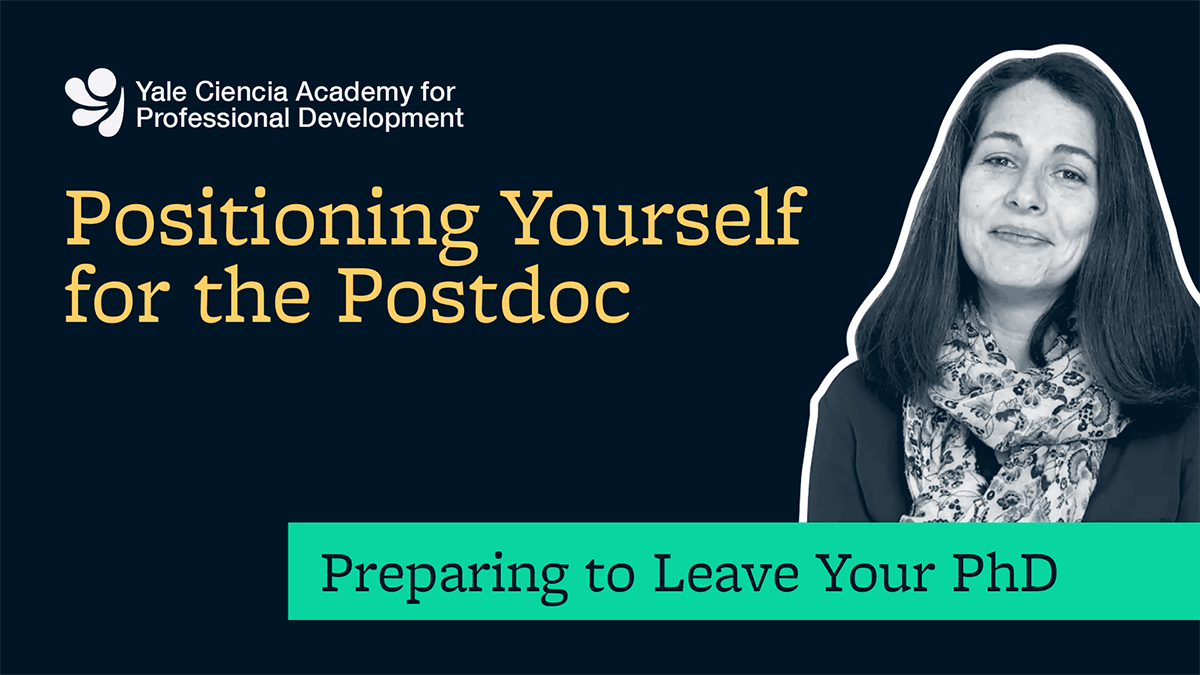
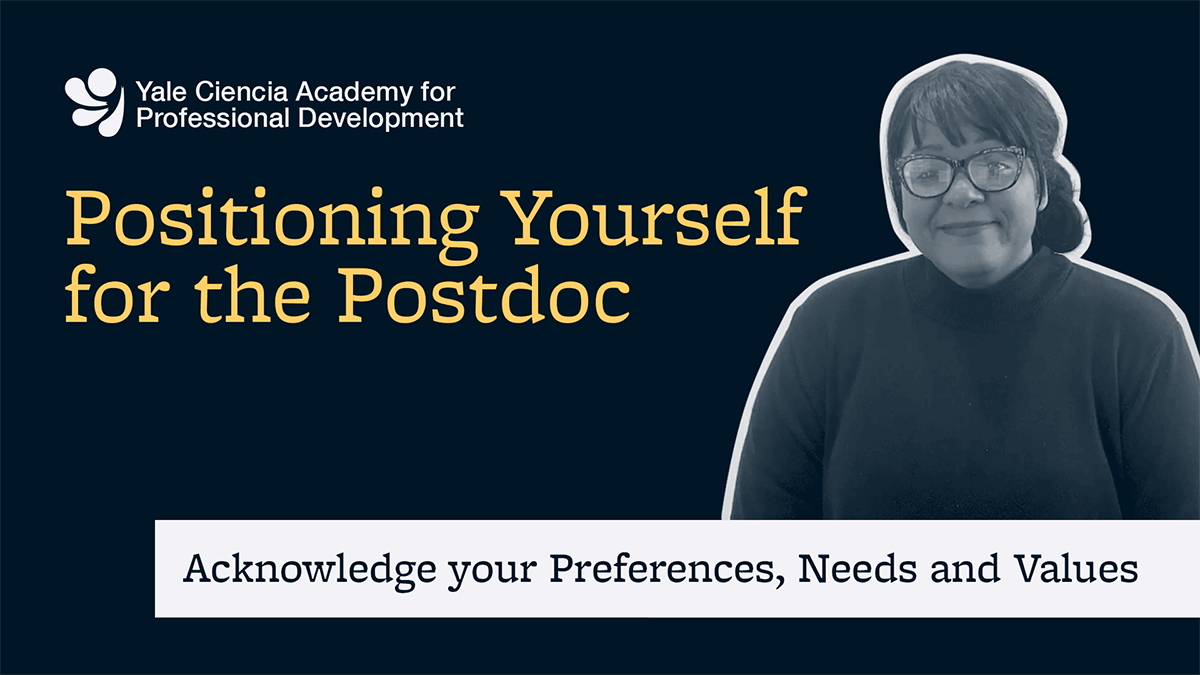
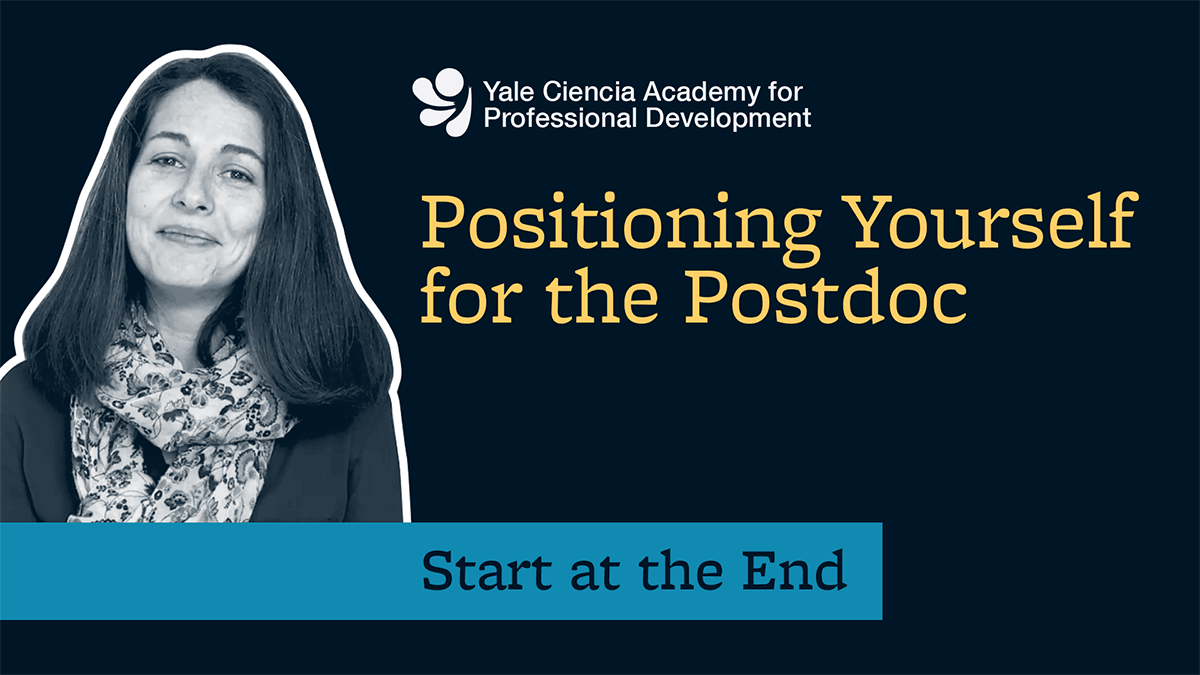
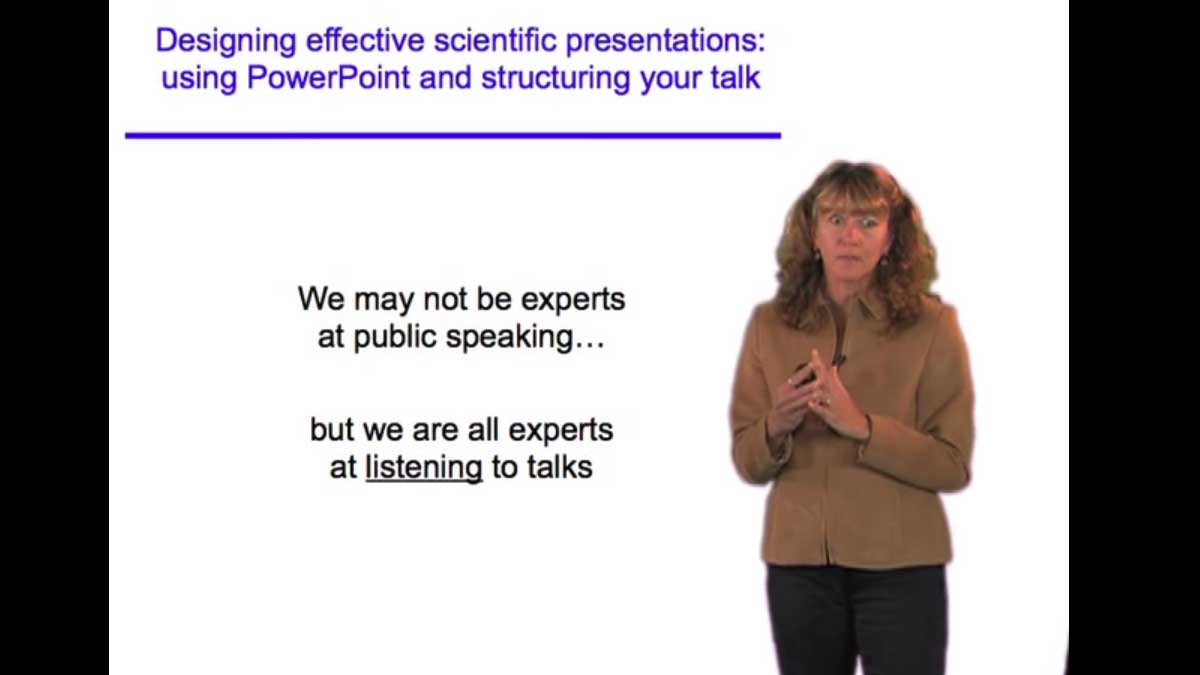
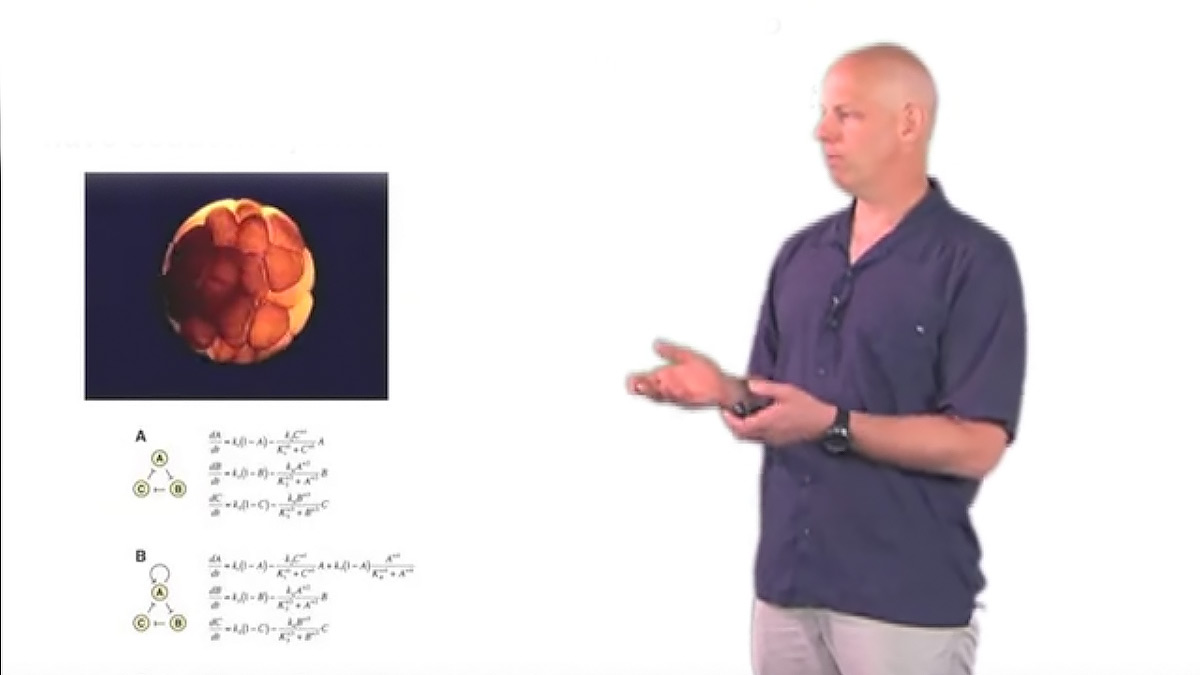
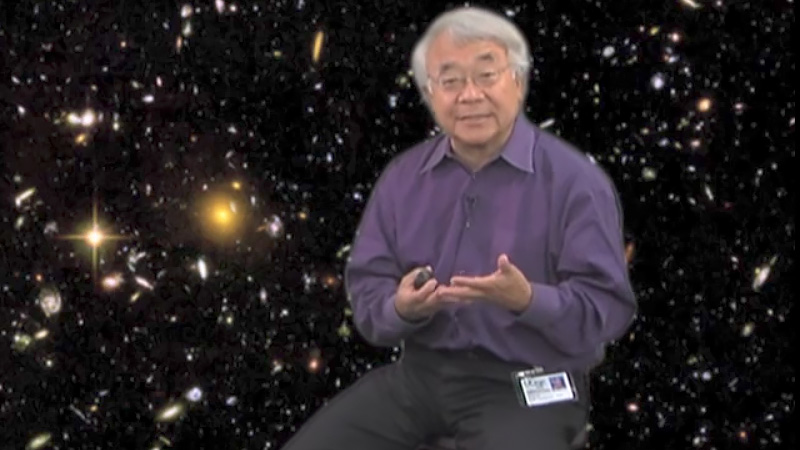
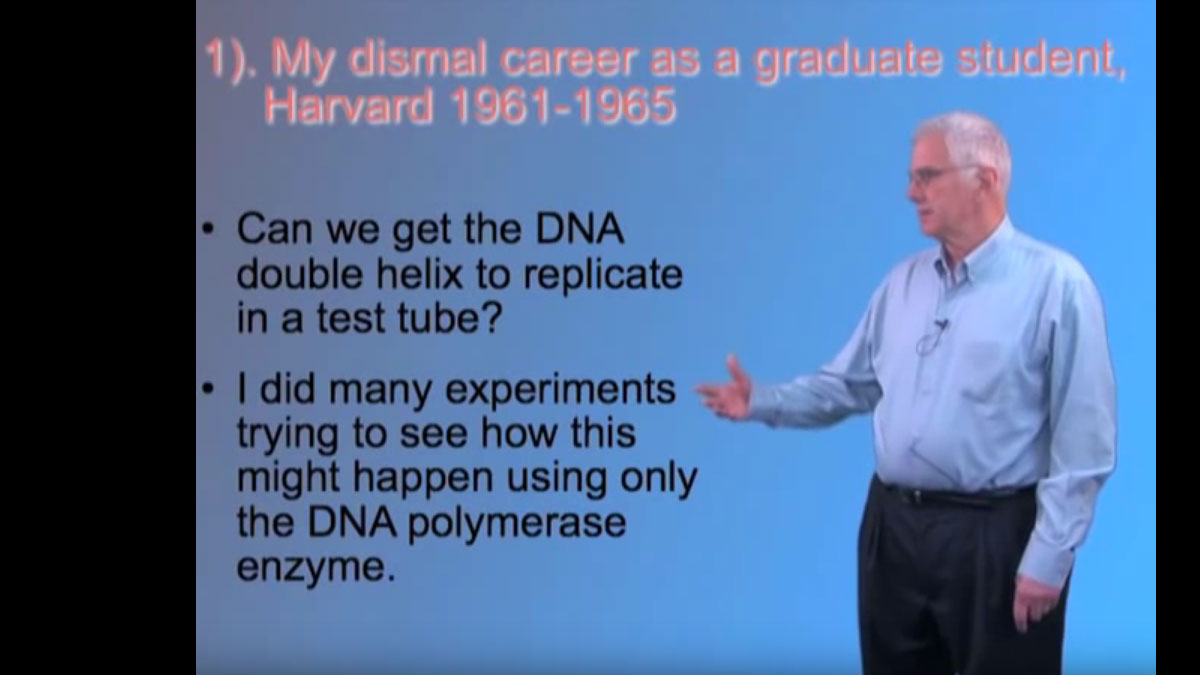





Leave a Reply